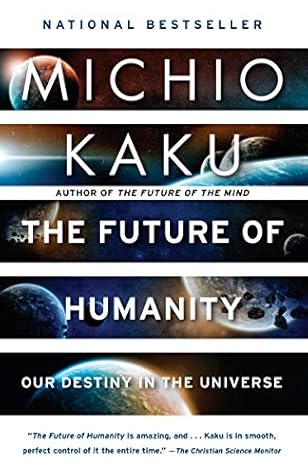In addition to wormholes, the Alcubierre engine might offer a second way to break the light barrier.
In addition to wormholes, the Alcubierre engine might offer a second way to break the light barrier. I once interviewed the Mexican theoretical physicist Miguel Alcubierre. He was struck with a groundbreaking idea in relativistic physics while watching TV, perhaps the first time this has ever happened. During an episode of Star Trek, he marveled that the Starship Enterprise could travel faster than light. It could somehow compress the space in front of it so that the stars did not seem as distant. The Enterprise did not journey to the stars—the stars came to the Enterprise.
Think of moving across a carpet to reach a table. The commonsense way is to walk along the carpet from one point to another. But there is another way. One could rope the table and drag it toward you, so that you are compressing the carpet. So instead of walking across the carpet to reach the table, the carpet folds up and the table comes to you.
An interesting realization dawned on him. Usually, you start with a star or planet and then use Einstein’s equations to calculate the bending of space around it. But you can also go backward. You can identify a particular warping and use the same equations to determine the type of star or planet that would cause it. A rough analogy might be made to the way an auto mechanic builds a car. You could begin with the parts that are available—the engine, the tires, and whatnot—and assemble a car from them. Or you could select the design of your dreams and then figure out the parts necessary to create it.


